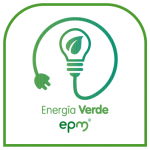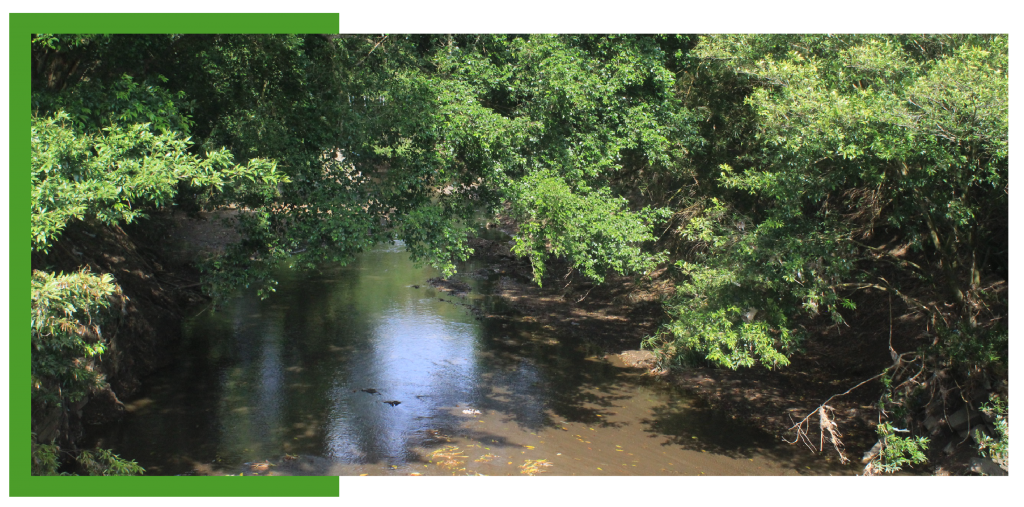
Water management (303-1) (303-3)
We careful control of water resources, we ensure the long-term survival of the business and the availability of water for those stakeholders located near our operations.
Through our water management strategy, we contribute to the preservation of the quantity, quality and availability of this valuable resource for the ecosystem, as well as for neighboring communities.

Consumption
Groundwater is the main source of supply and it is extracted using well concessions. On a monthly basis, the environmental authorities monitor the impact of water extraction.
3 deep wells.
71.283 m3 of water taken from the source.
77.438 m3 taken from underground sources.







